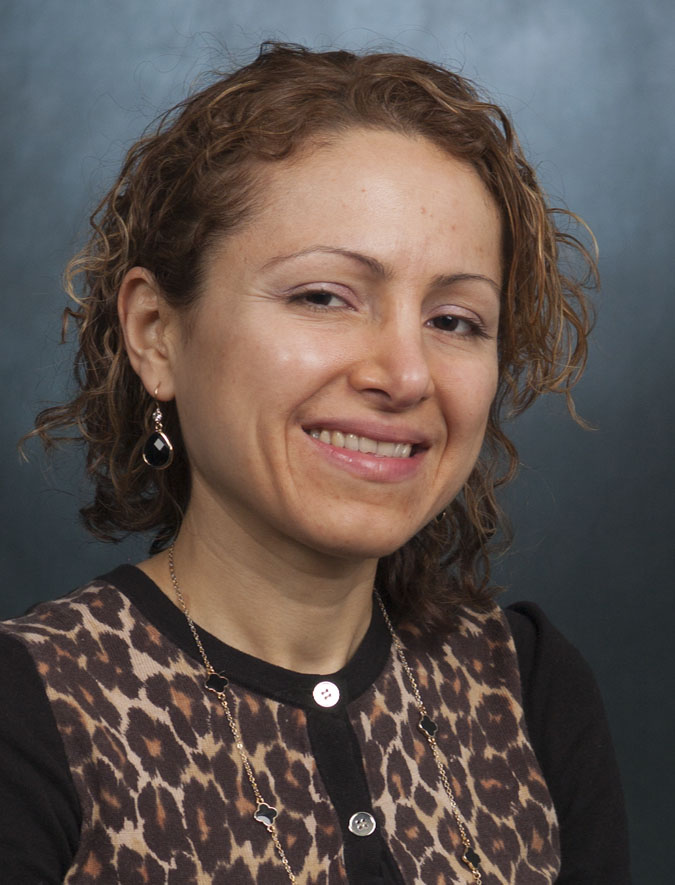Modelling the value of risk-stratified skin cancer screening of asymptomatic patients by dermatologists. Journal Article
Local Library Link: Find It @ Loyola
| Authors: | Hartman, RI; Xue, Y; Singer, S; Markossian, TW; Joyce, C; Mostaghimi, A |
| Article Title: | Modelling the value of risk-stratified skin cancer screening of asymptomatic patients by dermatologists. |
| Abstract: | BACKGROUND: Total-body skin examination (TBSE) by dermatologists detects incidental skin cancers, but there is insufficient evidence for screening guidelines. As a result, the decision to perform screening TBSE in patients presenting for a focused visit is left to the dermatologist's discretion. OBJECTIVES: To model the financial and time tradeoffs of risk-stratified skin cancer screening by dermatologists in patients presenting with unrelated focused complaints. METHODS: We performed an economic evaluation incorporating data from a previously published prospective multicentre international study in addition to US demographic data on age and skin phototype (SPT). RESULTS: The mean number needed to examine (NNE) for all US adults was 105 at an additional cost of $3796 per skin cancer detected when performing TBSE on a patient who presents for a focused exam. The NNE consistently decreased with increasing age and lighter SPT for every age and SPT screening threshold. The cost per person screened increased with higher age and lighter SPT owing to the higher likelihood of incurring diagnostic biopsies. The additional face-to-face time required per skin cancer detected by performing TBSE in patients who present for a focused visit was 4·5 h for all adults. We used a diverse cohort of international patients that did not include Americans and because of a low event rate, we combined detection of melanoma and nonmelanoma skin cancer. CONCLUSIONS: Incidental skin cancers are detected by screening TBSE and its value can be enhanced through consideration of patients' age and SPT, which are established and readily identifiable skin cancer risk factors. What is already known about this topic? Risk stratification of asymptomatic individuals using age and skin phototype (SPT) can enhance the value of total-body skin examination when performed in the clinic by a dermatologist. What does this study add? For every age and SPT screening threshold, the number needed to examine to identify one skin cancer consistently decreased with increasing age and lighter SPT. When deciding to perform a screening skin examination in patients presenting with a focused complaint, dermatologists may wish to consider a patient's risk using age and SPT to enhance the yield of this intervention. |
| Journal Title: | The British journal of dermatology |
| ISSN: | 1365-2133; 0007-0963 |
| Publisher: | Unknown |
| Date Published: | 2019 |
LUC Authors
-
 44
44Markossian -
 201
201Joyce
Related LUC Article
